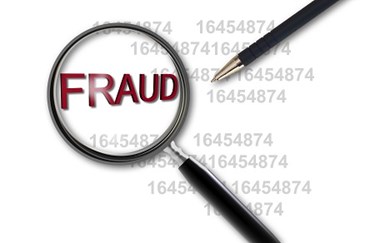Regulations To Help Prevent Prescription Fraud Coming To NY

By Christine Kern, contributing writer

The Internet System for Tracking Over-Prescribing law takes effect March 27th, and many aren’t ready.
Beginning March 27, 2015, the New York regulations known as I-STOP (Internet System for Tracking Over-Prescribing) will require e-prescription of all patient medications, including controlled substances and non-controlled substances (commonly referred to as “legend drugs”). New York state legislators took action to control the growing prescription drug abuse epidemic that is plaguing the United States and will be one of the first states to eliminate state-issued paper prescription pads in favor of the all-electronic tracking system.
According to The Daily Beast, the universal electronic prescribing requirement is designed to “control, track, and monitor the distribution of drugs on a completely new level: where the drugs are prescribed vs. when and where someone picks them up.”
The bill was introduced in June 2011 by Attorney General Eric T. Schneiderman who called it “a national model for smart, coordinated communication between health care providers and pharmacists to better serve patients, stop prescription drug trafficking, and provide treatment to those who need help,” according to Forbes.
First signed into law in 2012, I-STOP includes several aspects: a controlled-substance prescription database, accessible to prescribers to check patient user history; drug awareness education; drug return programs; and the universal e-prescribing for all prescriptions.
“The reason why e-prescribing came into the package was a realization that there was a market for the paper prescriptions, for both controlled substances and other drugs that were deriving from the paper itself,” Paul Mahoney, Chief Assistant in the Medicaid Fraud Control Unit in the New York State Attorney General’s Office, told The Daily Beast.
In an assessment of the marketplace readiness of available technology solutions to support the new requirements, DrFirst, a leading provider of e-medication management solutions, has found that the majority of electronic health records and stand-alone e-prescribing systems currently used by doctors to electronically prescribe medications will in fact be able to support the requirements of both legend drug and controlled substance e-prescribing prior to the March 27 deadline, according to a press release.
“Our research indicates that access to universal e-prescribing technology appears to be on a solid path toward supporting the I-STOP initiative,” said G. Cameron Deemer, president of DrFirst.
While the analysis found that ambulatory EHRs serving approximately 80 percent of New providers in practices and health systems, and acute EHRs serving approximately 85 percent of New York hospitals, long-term care facilities and other acute care environments have both eRX and EPCS capabilities either already live or on target to meet the required deadline for e-prescribing.
However, the study also found that pharmacies lag behind in terms of readiness: while 97 percent of New York pharmacies are currently eRX-ready, only 58 percent are also currently EPCS-ready. “Deemer explained, “On the face of it, this seems concerning. However, we have seen pharmacy EPCS-readiness in New York increase more than 80 percent over the last several months and if strong growth persists it is likely that most pharmacies will be able to support EPCS prescriptions under I-STOP.”
The “NY I-STOP: Fighting Prescription Drug Abuse with Technology” infographic is available here.
